Jump to:
Damaged or broken garden furniture can have a new purpose. As long as the pieces are salvageable, you can upcycle them into something useful with a few tweaks and some creativity. Here are some ideas for different materials to inspire you.
What to Do With Broken Rattan Garden Furniture
Over many years of use, rattan garden furniture may develop signs of fading, cracking, or splitting. If the fibres have become brittle or large sections of the weave have gone beyond the repair stage, it may be time to retire it as seating. You might still find another use for it, though!
Repurpose the frame into a planter
The fibres on the weave may no longer serve their purpose, but the furniture’s frame (as long as it’s intact) still has potential for other uses. One option is to turn it into a planter stand—here’s how:
- Remove the rattan using cutters, scissors, pliers, and a flathead screwdriver. Cut through the strands and pull them away from the frame. Be careful, as some rattan strands may be secured with staples. Use a flathead screwdriver and pliers to remove them.
- Once all the rattan has been removed, you’ll be left with a bare frame. Fill any staple holes with an external metal filler.
- Let the filler dry and set, then sand down the frame for a smooth finish. Wipe it down to remove dust and dirt.
- It’s time to choose your planter. You’ll want to make sure that it fits within the frame or on top of it. A large bowl or wooden crate will do.
- Secure your choice of planter using cable ties, screws or adhesive (whatever works) to hold it in place.
The spot you once used to sit on is now taken over by your plants! Since the frame still holds its chair shape, this DIY planter will look amazing as a decoration—especially when filled with blooming plants.
How to Repurpose Old Metal Garden Furniture
Modern metal garden furniture is more resistant to outdoor conditions, but exposure to the elements can still cause rust, discolouration, or weakened joints over time. Like any material, it may eventually reach the end of its original use.
Let’s take a metal garden table as an example. Loose joints, bent legs, or missing bolts are common issues, along with large areas of rust or peeling and chipped paint. Fortunately, this can be remedied.
Metal table into a workbench
If the table is wobbly but still has a decent frame, a bit of DIY and some woodworking can turn it into something useful. This will be especially handy if you have a garden workshop or know someone who does.
Start with:
- Stabilise the frame, as this will be the main support for your workbench. Tighten any loose bolts or replace any that are missing. If the legs are bent, straighten them as much as possible, but do it carefully to avoid causing further damage or weakening the frame. A rubber mallet should do the trick, but if the bends are stubborn, a pipe wrench will give you extra leverage.
- Swap out the tabletop if it’s beyond saving. Once removed, fit a wooden board or some reclaimed timber. You might need brackets for extra support.
- Give the frame a refresh with good sanding to remove rust and any peeling paint. Then, treat it with a rust-resistant primer. A fresh coat of paint will help protect it from the weather and make it look better.
- If you’re feeling creative, add some extra storage to make the most of your workbench. Pop some hooks on the sides or add a lower shelf underneath.
Here’s another idea: if one side of the table’s legs needs to go, slide in a bedside table or a cabinet of the same height. That way, your workbench will have built-in storage!
Turn metal parts into wall mounts
L-shaped parts of your metal furniture, perhaps from the seat or arms of a chair, could be useful for attaching to the wall of your garden shed. One option is to use these to hold up shelving, as long as you can get the parts at a nice, neat 90 degrees. Another option is to use them as pegs on which you can hang tools, or perhaps even mount your bike on the wall to save space.
Creative Way to Reuse Plastic Garden Furniture
Plastic garden furniture has come a long way in recent years, lasting for years with proper care. In many cases, the only time you’d need to replace a set is when it’s seen better days. And if you’re in this situation, you can find another job for it.
For instance, if you cut up a plastic chair, you can actually get two useful things out of it for your garden or patio. Here’s how:
Make a pet bed from a plastic chair
- Cut off all four legs, leaving just the seat and backrest. Use a hand saw or jigsaw for a clean cut, and sand down any rough edges.
- This is optional, but if your pet is small, you can cut out part of the front edge to make a lower entrance. Again, sand down any sharp or rough areas for safety.
- If the chair looks a bit worn, give it a fresh coat of pet-friendly paint, like a water-based one, for a quick makeover.
- Once the paint is dry, place a soft pet bed or cushion inside the seat area. A small cushion should do the trick, but if the chair is on the larger side, you might need a bigger one or even two smaller ones.
Use the cut legs or any broken pieces as garden markers
- If the chair legs are too long, trim them into smaller, stake-like pieces using a hand saw or strong shears.
- Sand down any jagged bits so you don’t end up with sharp edges.
- Write on them with a permanent marker or weatherproof paint to label your plants, herbs, or vegetables.
- Place the markers in your garden beds or plant pots to keep track of what’s growing.
A simple way to treat your pet to a cosy little bed from an old chair while putting the leftover bits to good use.
And there you have it! Feel free to swap these ideas between different types of garden furniture. Don’t feel limited to them—many upcycling projects can work across different types of garden furniture. If a particular idea fits a piece you have, go for it.
For more ideas, check out this guide next: 10 DIY Outdoor Furniture Projects For Your Garden

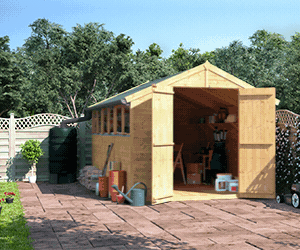

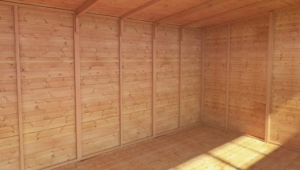

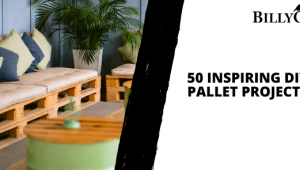
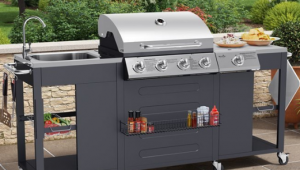


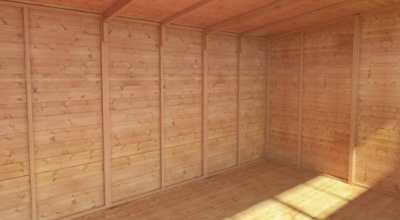
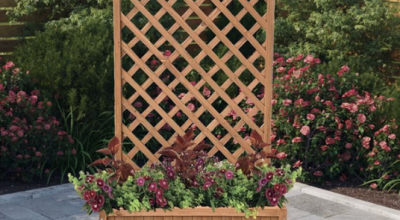
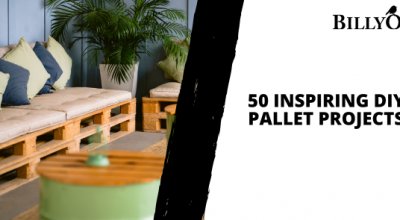
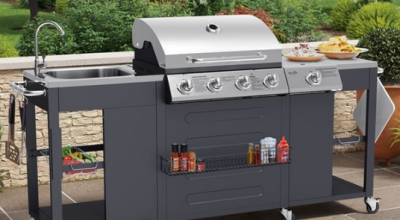
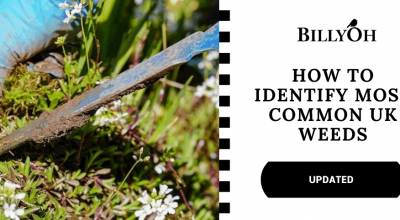
What do you think ?